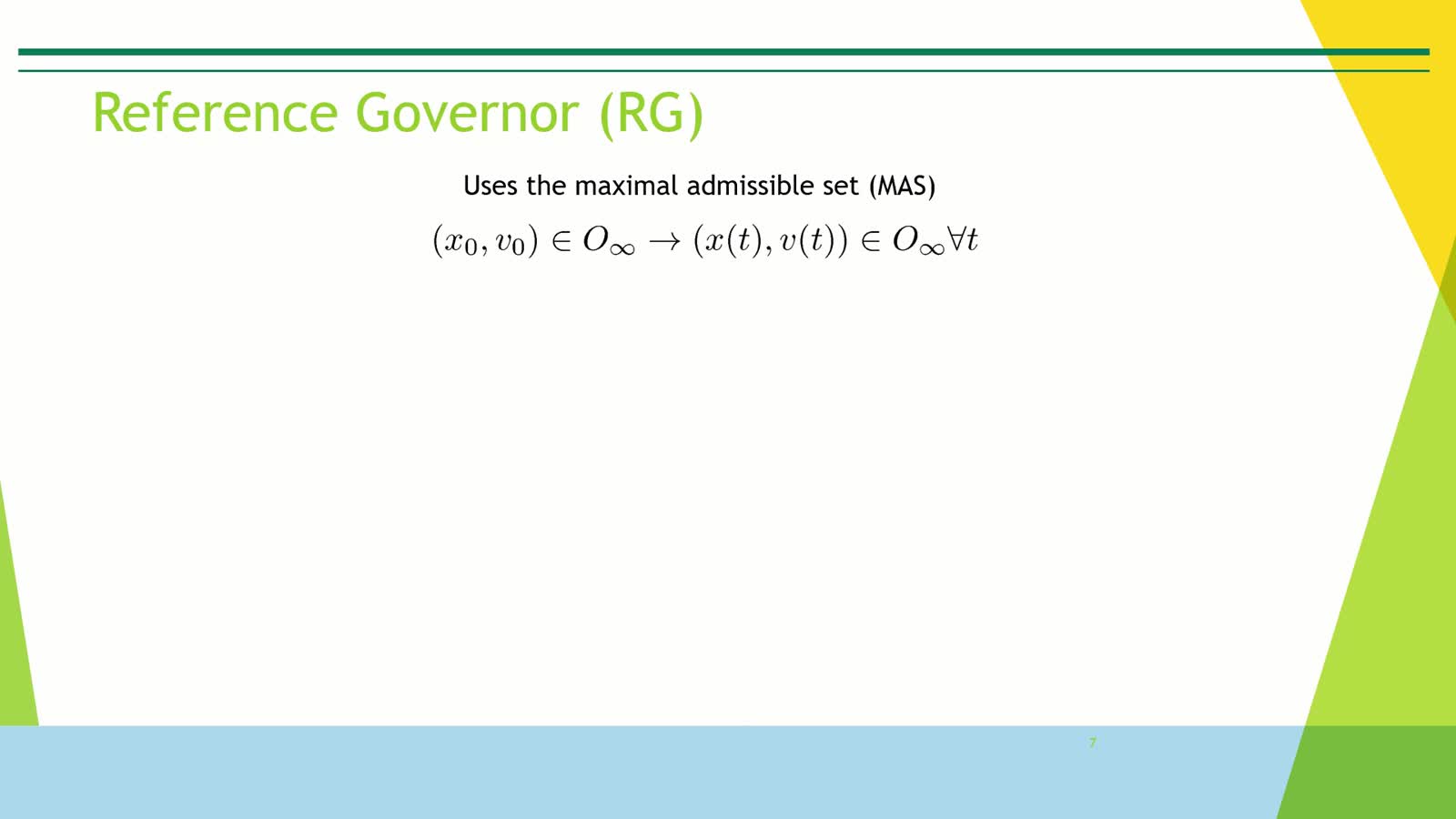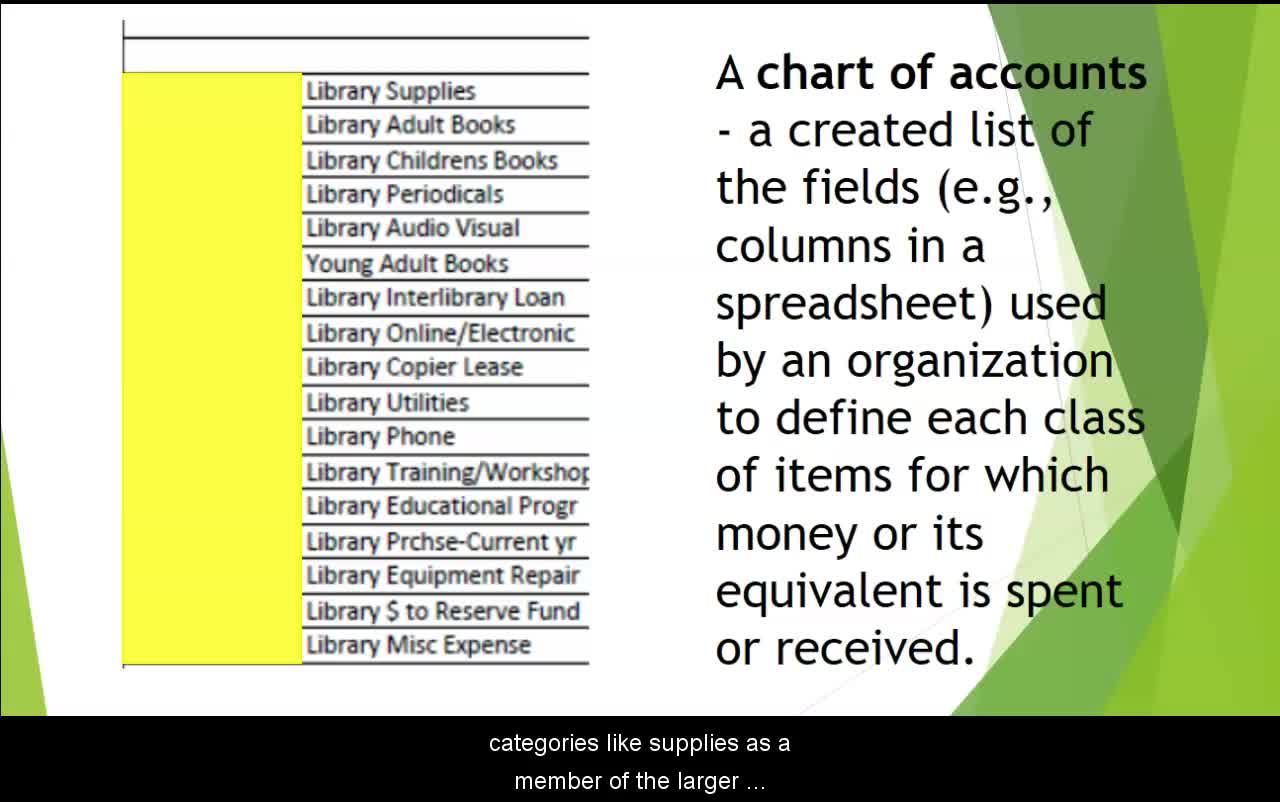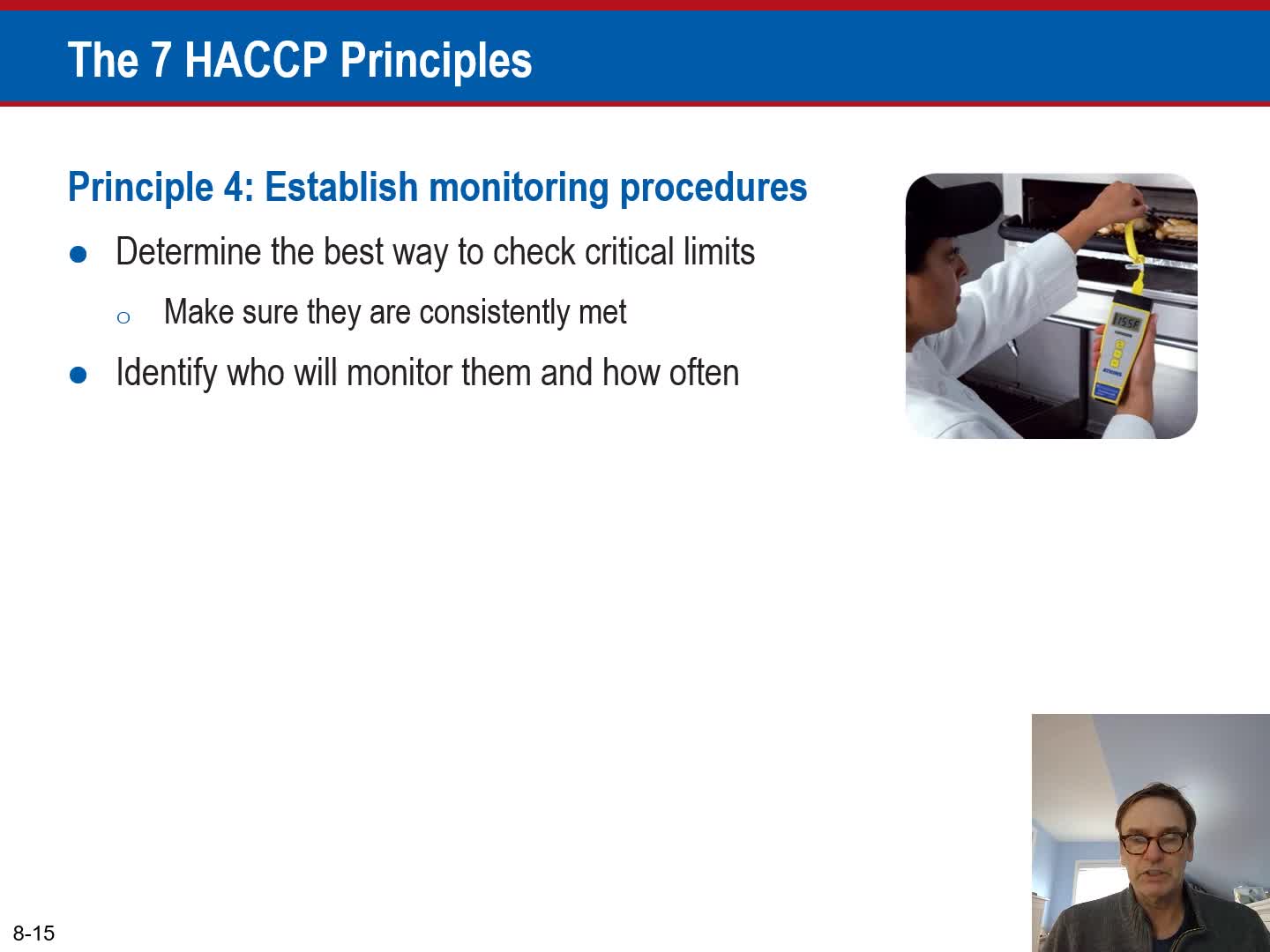Search Results
Results for: 'Riparian Management'

This is the video presentation of our paper for the 2020 L4DC conference, which has gone remote due to the travel restrictions.

How to talk like an accountant - for library staff
In this short screencast Gary explains accounting terms in layperson's terms. This is specifically for public libraries, but can be used by any audience wishing to more about common accounting terms.

North American Maple Syrup Council
The North American Maple Syrup Council is an international organization, founded in 1961. The purposes of the Council are to promote research in the chemistry and technology of maple sap and the products derived from it; in sugarbush management an...

Certified organic maple syrup is produced by many Vermont maple producers and generally commands a higher price in the marketplace. In order to legally market your syrup as "organic" an approved third-party certifier such as Vermont Organic Farmer...

Sugar makers rely on healthy, abundant maple trees to provide sap each spring. Taken together a group of maple trees managed for sap collection is called a sugarbush. Developing a healthy, productive sugarbush takes time and effort. Forests are hi...

Late summer, while leaves are still green is a good time to assess the trees in your sugarbush. Weak or declining individuals will show areas of crown dieback. Trees with more than 75% dieback will likely not survive but are still competing for li...

All green plants, which includes trees, need sunlight to produce energy for survival. Some trees can satisfy their basic needs with less light than others. Sugar and red maples are two examples of such trees. They are both considered shade-toleran...

